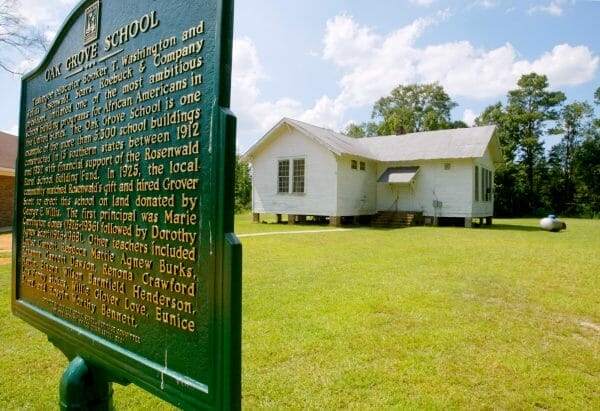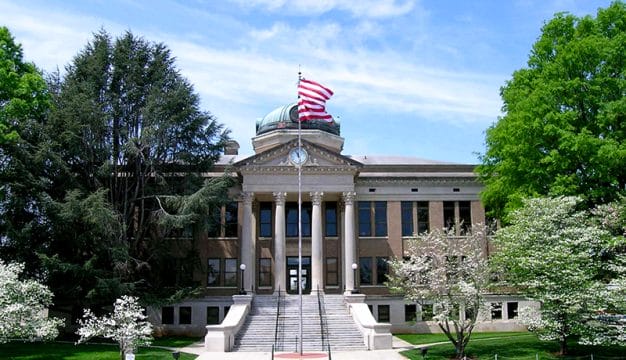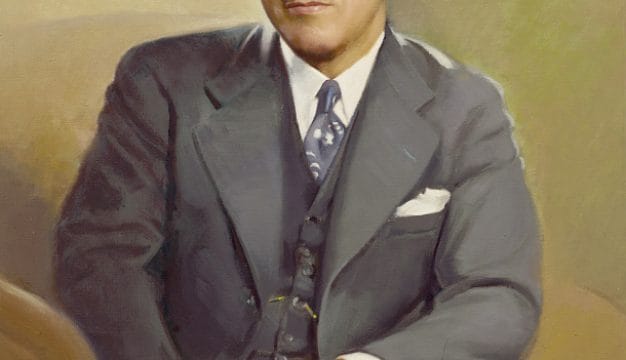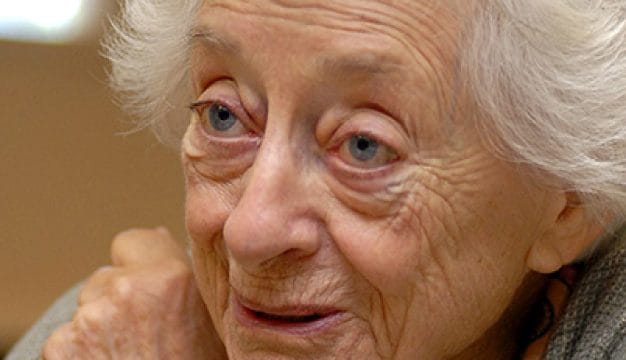Rosenwald Schools in Alabama
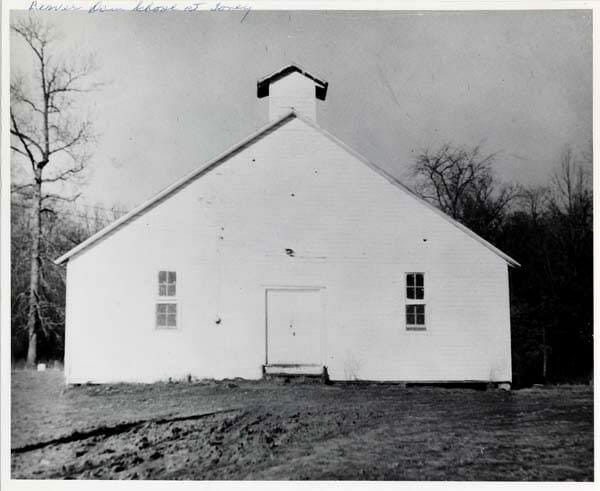 Beaver Dam School
Rosenwald schools refer to a group of educational institutions established in the South for African Americans in the first half of twentieth century. The schools were named for Julius Rosenwald, president and later chairman of Sears Roebuck & Co. and creator of the philanthropic Rosenwald Fund, which provided matching funds for the schools. Nearly 400 schools and houses were constructed in Alabama and nearly 5,000 new schools were built in 15 southern states between 1917 and 1932 as part of this civic effort to increase educational opportunities in the largely rural and segregated South.
Beaver Dam School
Rosenwald schools refer to a group of educational institutions established in the South for African Americans in the first half of twentieth century. The schools were named for Julius Rosenwald, president and later chairman of Sears Roebuck & Co. and creator of the philanthropic Rosenwald Fund, which provided matching funds for the schools. Nearly 400 schools and houses were constructed in Alabama and nearly 5,000 new schools were built in 15 southern states between 1917 and 1932 as part of this civic effort to increase educational opportunities in the largely rural and segregated South.
Julius Rosenwald was one of several northern philanthropists in the late nineteenth and early twentieth centuries who supported both elementary and higher education and teacher training for blacks. Important in Alabama were George Peabody, who established the Peabody Educational Fund in 1867, and Anna T. Jeanes, who established what is commonly remembered as the Jeanes Fund in 1907. Rosenwald met Tuskegee Institute founder Booker T. Washington in late 1911 when Washington was the keynote speaker at a gathering of civic leaders in Chicago. Rosenwald, who introduced Washington to the crowd, was impressed with Washington’s cause and soon signed on as a trustee of the Tuskegee Institute, a position he continued to hold after Washington’s death.
In 1914, Rosenwald helped fund the building of six schools in Alabama with a $25,000 grant to Washington and Tuskegee, which served as the base of operations for the project. The first to open its doors was a frame building in Loachapoka, Lee County. The other five were in Notasulga and Brownsville (Macon County), Chewacla (Lee County), and Big Zion and Madison Park (Montgomery County). The schools typically had a single teacher for all grades, and instruction generally focused on a basic curriculum of reading, writing, and arithmetic augmented by shop and vocational skills, including farming, gardening, dress making, and principals of personal hygiene.
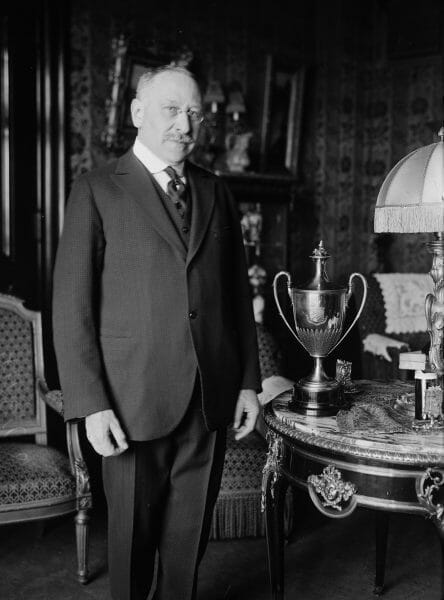 Julius Rosenwald
In 1917, Rosenwald established the Rosenwald Fund to oversee the establishment of additional schools. (The schools were almost never officially named after Rosenwald but were known generically as such. In later years, after a school had crumbled or burned down, it sometimes was remembered as a “Rosenwald school” rather than by its actual name.) In 1920, management problems at Tuskegee prompted fund officials to establish an independent office for the school building program in Nashville, Tennessee. By 1928, at the height of the matching-grant program, at least one in every five rural schools for black students in the South was a Rosenwald school. Some 40 percent of black children in the South attended a Rosenwald school at the height of the program’s popularity. In addition to the schools, the fund constructed 217 homes for teachers and 163 shop buildings at a total cost of $28.4 million. In later years, the Rosenwald Fund also provided grants to African American artists and writers, such as author James Baldwin.
Julius Rosenwald
In 1917, Rosenwald established the Rosenwald Fund to oversee the establishment of additional schools. (The schools were almost never officially named after Rosenwald but were known generically as such. In later years, after a school had crumbled or burned down, it sometimes was remembered as a “Rosenwald school” rather than by its actual name.) In 1920, management problems at Tuskegee prompted fund officials to establish an independent office for the school building program in Nashville, Tennessee. By 1928, at the height of the matching-grant program, at least one in every five rural schools for black students in the South was a Rosenwald school. Some 40 percent of black children in the South attended a Rosenwald school at the height of the program’s popularity. In addition to the schools, the fund constructed 217 homes for teachers and 163 shop buildings at a total cost of $28.4 million. In later years, the Rosenwald Fund also provided grants to African American artists and writers, such as author James Baldwin.
Of the monies expended on the Rosenwald schools over the years, 64 percent came from tax revenues, 17 percent was donated by African Americans, 15 percent was contributed by Rosenwald and the Rosenwald Fund, and just over 4 percent came from other private white donors. In Alabama, local residents contributed what they could, and some, like Peter Alba, a Civil War hero and philanthropist from Mobile County, donated land. The Grand Bay School, built on Alba’s property, consisted of five large rooms, three of which were used for primary through seventh-grade classes. The other two rooms served as living quarters for the teachers.
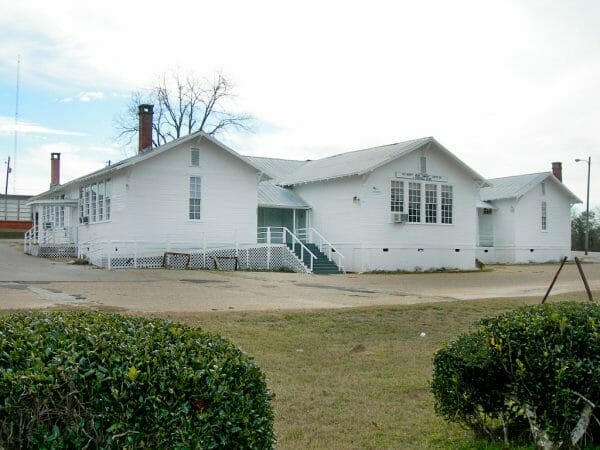 Old Merritt School in Midway
Julius Rosenwald died at home in suburban Chicago on January 6, 1932. Condolences and eulogies poured in from a variety of national figures, including African American leaders W. E. B. DuBois and Walter White, then secretary of the National Association for the Advancement of Colored People. Pres. Herbert Hoover delivered a eulogy on March 27, 1932, over the National Broadcasting Corporation radio network from New York City that was broadcast nationally. Of the many obituaries in the public press accompanying the announcement of Rosenwald’s death, the most interesting came from W.E.B. DuBois. He noted that Rosenwald, a Jew, was more than familiar with racial prejudice and that his philanthropy was a shameful indictment of white Christian society. DuBois also said that it was ironic that a Jew was sponsoring educational initiatives for African Americans in the South—work that should have been undertaken by leaders in those states—and that this irony was lost on the white residents of the South.
Old Merritt School in Midway
Julius Rosenwald died at home in suburban Chicago on January 6, 1932. Condolences and eulogies poured in from a variety of national figures, including African American leaders W. E. B. DuBois and Walter White, then secretary of the National Association for the Advancement of Colored People. Pres. Herbert Hoover delivered a eulogy on March 27, 1932, over the National Broadcasting Corporation radio network from New York City that was broadcast nationally. Of the many obituaries in the public press accompanying the announcement of Rosenwald’s death, the most interesting came from W.E.B. DuBois. He noted that Rosenwald, a Jew, was more than familiar with racial prejudice and that his philanthropy was a shameful indictment of white Christian society. DuBois also said that it was ironic that a Jew was sponsoring educational initiatives for African Americans in the South—work that should have been undertaken by leaders in those states—and that this irony was lost on the white residents of the South.
Some of the Rosewald schools in Alabama still stand. The Elmore County Training School, built in west Wetumpka in 1924, was made of brick and fared better than most Rosenwald schools. It currently houses the Elmore County Black History Museum. In Notasulga, the Rosenwald school and associated Shiloh Missionary Baptist Church were added to the Alabama Register of Landmarks and Heritage and have been restored. Some surviving structures, such as the New Hope Rosenwald School in Chambers County, have already been added to the National Register of Historic Places (2001). All that remains of the original Grand Bay school building is a chunk of stone and mortar about 2 by 3 feet in size. Overall, preservation efforts remain haphazard and are usually dependent on committed local citizens, often alumni of the schools. Various efforts exist to document and catalog the Rosenwald schools, including one by the Alabama Historical Commission, several other states, and especially the Rosenwald Schools Initiative of the National Trust for Historic Preservation.
Video
Further Reading
- Ascoli, Peter. Julius Rosenwald: The Man Who Built Sears, Roebuck and Advanced the Cause of Black Education in the American South. Bloomington: Indiana University Press, 2006.
- Embree, Edwin R., and Julia Waxman. Investment in People: The Story of the Julius Rosenwald Fund. New York City: Harper & Brothers, 1949.
- Hoffschwelle, Mary, and John David Smith, et al. Rosenwald Schools of the American South. Gainesville: University Press of Florida, 2006.

